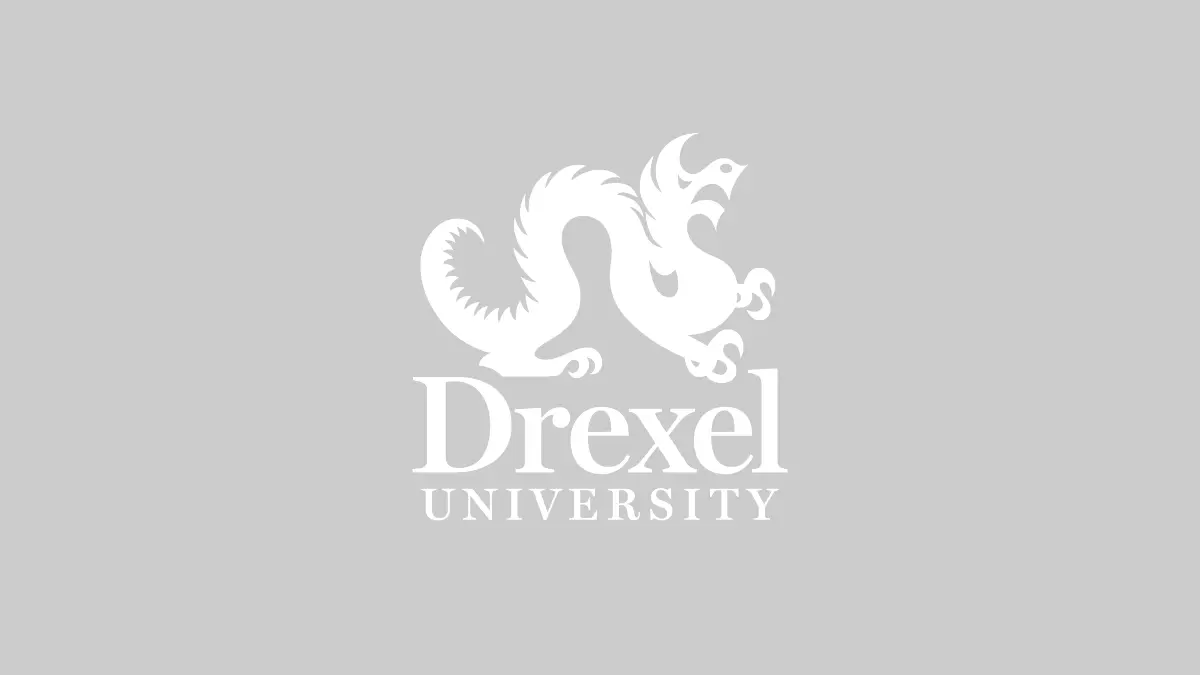
Competition and Collusion
A prize-winning study by Michelle Lowry, PhD, TD Bank Endowed Professor of Finance at Drexel University’s LeBow College of Business, and coauthor, dispels the claim that ownership of rival firms by one institutional investor encourages firm coordination and decreases competition.
Key Insights
- The substantial increase in common ownership over the past three decades has been blamed for undue firm coordination and weaker competition. As a result, policy makers have submitted proposals that would curb common ownership. This is worrisome because many of these proposals have costly side effects, for example in governance practices and investment options.
- In fact, the methodologies used to support claims against common ownership are not viable. The findings of prior studies are biased by several factors, including the responses of firms from different industries following the 2008 financial crisis, samples with a disproportionate representation of high growth firms, or the use of endogenous events to identify a causal relationship between common ownership and anti-competitive behavior.
- When using methodologies that remove these biases, it becomes clear that coordination in the form of joint ventures, mergers or strategic alliances between cross-owned firms is rare. Moreover, there are no warning signs that common ownership harms competition, because it does not increase operating performance nor decrease investment spending. Overall, policy proposals to regulate common ownership are unfounded.
Summary of Complete Findings
Institutional investors have increased their propensity to own shares in rival firms: in 1990 only 17% of S&P 500 firms had a blockholder that also owned a block in a competitor; by the end of 2015, this had soared to 81%. The increase, which is due to a combination of consolidation in the asset-management industry and growth in index investing, has encouraged academics and policymakers to consider the potential consequences on the underlying firms. So far, the mainstream view has been that shared ownership incentivizes firms to compete less aggressively against each other or to coordinate, as a way to maximize joint profits. Coordination could take many forms: rival firms could coordinate to increase profits by engaging in joint innovation, by maintaining higher product prices, or by lowering costs via decreases in investment or product quality. These claims of anti-competitive behavior have led some to suggest limits on common ownership. However, strictly regulating common ownership could be costly: many common owners are large investors that provide valuable services to shareholders, for example by pressuring firms toward better governance practices or, in the case of index funds, offering low-fees investment options to individual investors.
This study unmistakably shows that claims against common ownership are misguided. As a result, the costs of curbing it would most likely outweigh any perceived benefit.
The empirical analysis required to test whether common ownership influences firm behavior is very challenging due to concurrent events or trends that could provide alternative explanations to measures commonly used. For example, since increases in common ownership have coincided with substantial consolidation within nearly every industry, the latter could have caused shifts in profitability or investment as opposed to a change in firm’s behavior. Most importantly, many studies of common ownership rely disproportionately on the years surrounding the 2008 financial crisis, which can introduce sample bias and confound implications about causality.
The researchers evaluate four types of events used to identify shifts in common ownership (i.e. the extent to which shareholders own multiple firms within an industry): a broad sample of mergers between financial institutions, the Blackrock-BGI merger, additions to the S&P 500 index, and reconstitutions of the Russell 1000/2000 indices. They use large data sets covering the period between 1980 up to 2015.
First, the study re-runs approaches using mergers as exogenous events associated with increases in common ownership. In this context, treatment firms are those that are likely to become cross-owned as a result of the financial institution merger. When the whole sample period is used, the return on asset (ROA) increases by 1.2 percentage points and R&D expenditures decrease by 0.4% of assets. Both indicate that, as common ownership increases, firms coordinate to improve profits at the expense of value enhancing expenditures such as investment in R&D. However, three observations suggest these results are biased: the timing of the Blackrock-BGI merger (which happened in 2009), the fact that the treatment sample consists disproportionately of high-growth industries (which suffered smaller declines in profitability as a result of the financial crisis or experienced a stronger rebound), and treatment firms are disproportionately concentrated in 2008 and 2009 (during the financial crisis).
When the researchers restrict the sample to mergers outside the 2008-2009 periods, the effects on both ROA and R&D become insignificant. The findings indicate that the effects of common ownership are not present for mergers outside of the 2008–2009 period and should not be generalized.
The researchers propose an alternative test that uses the full set of mergers but employs control samples that are more closely matched to the treatment firms. For each treatment firm, they select a matched control firm in the quarter prior to the merger that (1) is in the same 3-digit SIC industry; (2) is block-held by a financial institution other than the merging institutions; and (3) is closest in market capitalization to the treatment firm. By comparing treatment firms to control firms, they find that the differential effects between the two types of firms are insignificant and, in most cases, are opposite to those expected if common ownership did encourage anti-competitive behavior. Common ownership is therefore not associated with increased ROA or decreased R&D investment. This result is irrespective of whether the sample includes all financial institution mergers, just the Blackrock-BGI merger, or the mergers outside the 2008–2009 period.
Mergers, strategic alliances, and joint ventures are explicit expression of cooperation. Across the treatment firms in the alternative approach developed in the study, the probability that either a control firm or a treatment firm experiences any of the three events is similarly low: only 0.08% of experience an event during the three years after the financial institution merger. Based on this comparison, there is no evidence that the treatment firms are more likely to engage in cooperation with those industry peers with which they have recently become connected via common owners (as opposed to other industry peers).
Finally, the study considers how well methodologies using additions to the S&P 500 index and Russell index reconstitutions fare as a reliable source of evidence on how common ownership affects firms’ behavior.
While the S&P 500 additions appear to trigger increases in cross-ownership, they also cause increases in the overall institutional ownership in the same period. These two effects are closely linked: as institutions increase their holdings in the entering firms (because they are now part of the index), cross-ownership between these firms and any other firms in these institutions’ portfolios mechanically goes up. Moreover, the entry events are accompanied by significant declines in ownership by large (5% or more) blockholders. To the extent that blockholders exert stronger influence on firms than smaller investors, this decline alone could affect firm policies independently of any changes in common ownership. The different effects cannot be separated. Therefore, S&P 500 additions are not a useful setting for studies of cross-ownership.
The Russell 3000 Index consists of the largest 3000 firms based on market capitalization, where the Russell 1000 includes the largest 1000 firms, and the Russell 2000 includes the subsequent 2000. The Russell reconstitutions are also not suitable for cross-ownership research, because there is no evidence that institutional ownership or cross-ownership increases in the quarter when a firm enter the index. As with S&P 500 additions, the changes in institutional ownership and cross-ownership are mechanically linked.
In conclusion, this research is an investigative tour de force which successfully challenges the claim that common ownership encourages anti-competitive behavior in crossed-owned firms. It further sets out new approaches to identify the impact of common ownership, while warning policymakers about using evidence from poorly designed methodologies to support new regulations.
“Does Common Ownership Really Increase Firm Coordination?” by Katharina Lewellen (Dartmouth College) and Michelle Lowry (Drexel University), published in the Journal of Financial Economics, July 2021.
Paper access for subscription holders
View the working paper



